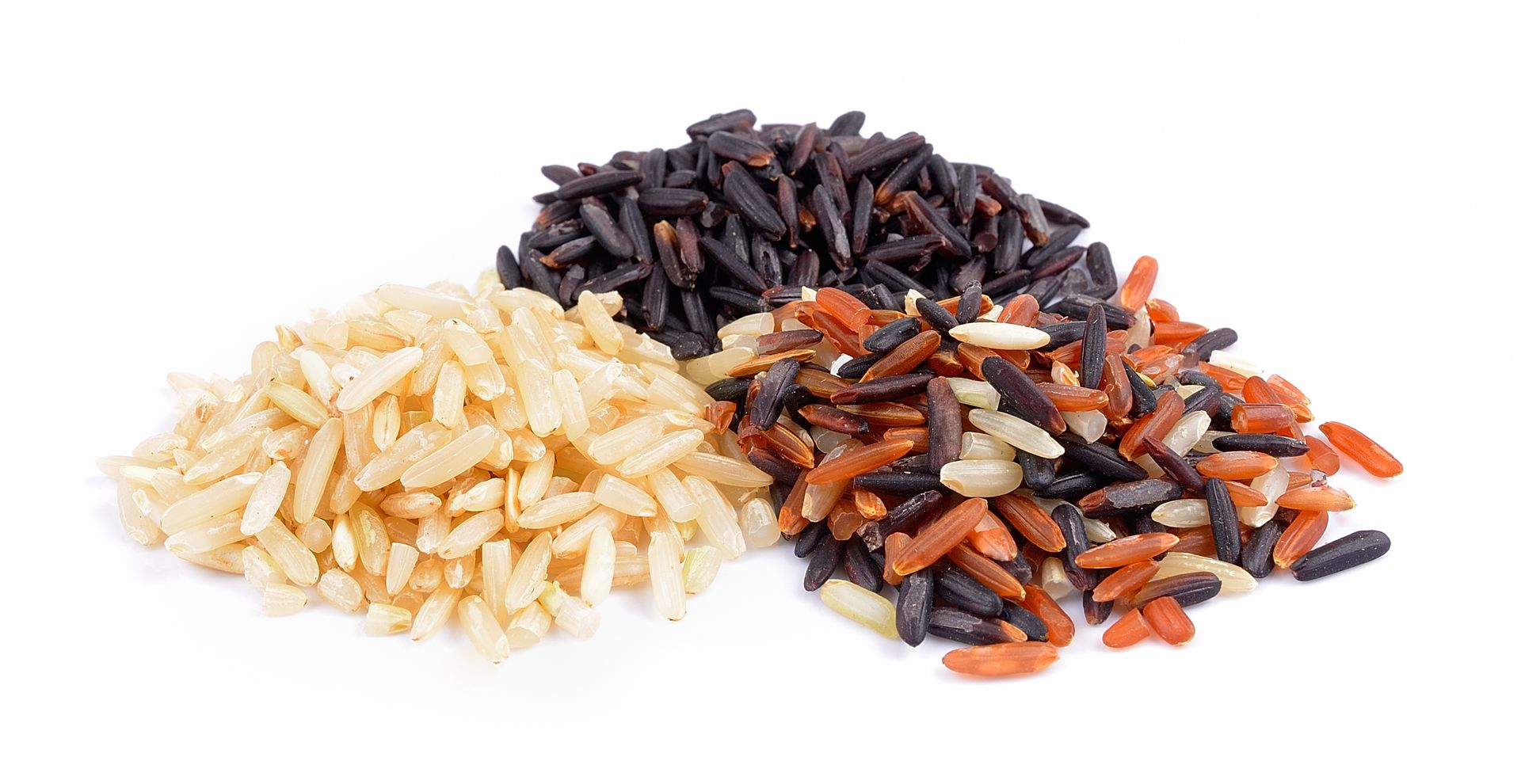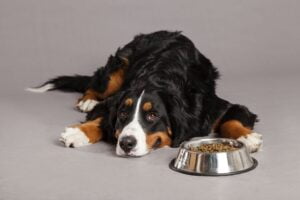Understanding Canine Nutrition
When it comes to the health and wellbeing of our four-legged friends, nutrition plays a crucial role. A well-balanced diet ensures that your dog is getting all the essential nutrients it needs for optimal health. One commonly overlooked ingredient in dog food is rice. But is rice good for dogs? Let’s explore.

The Role of Rice in a Dog’s Diet
Rice is a grain that is high in carbohydrates and serves as a great source of energy for dogs. It is also easy to digest, making it an excellent choice for dogs with sensitive stomachs. Additionally, rice is low in fat and can be a good option for overweight dogs. However, it’s important to note that rice should not make up the majority of your dog’s diet. It should be served as a supplement to a diet rich in protein and other nutrients.
The Three Best Types of Rice for Dogs
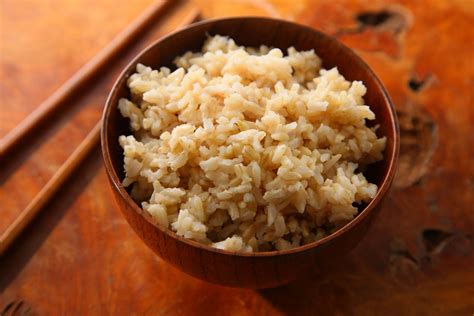
1. Brown Rice
Brown rice is a whole grain rice that retains its outer bran layer, giving it its distinct color. This type of rice is packed with vitamins and minerals, making it a nutritious choice for dogs.
- Benefits:
- High in insoluble fiber, which can help prevent certain types of cancers.
- Rich in vitamin D and B, which are good for the heart.
- Contains essential nutrients like calcium, riboflavin, and iron that support a healthy immune system.
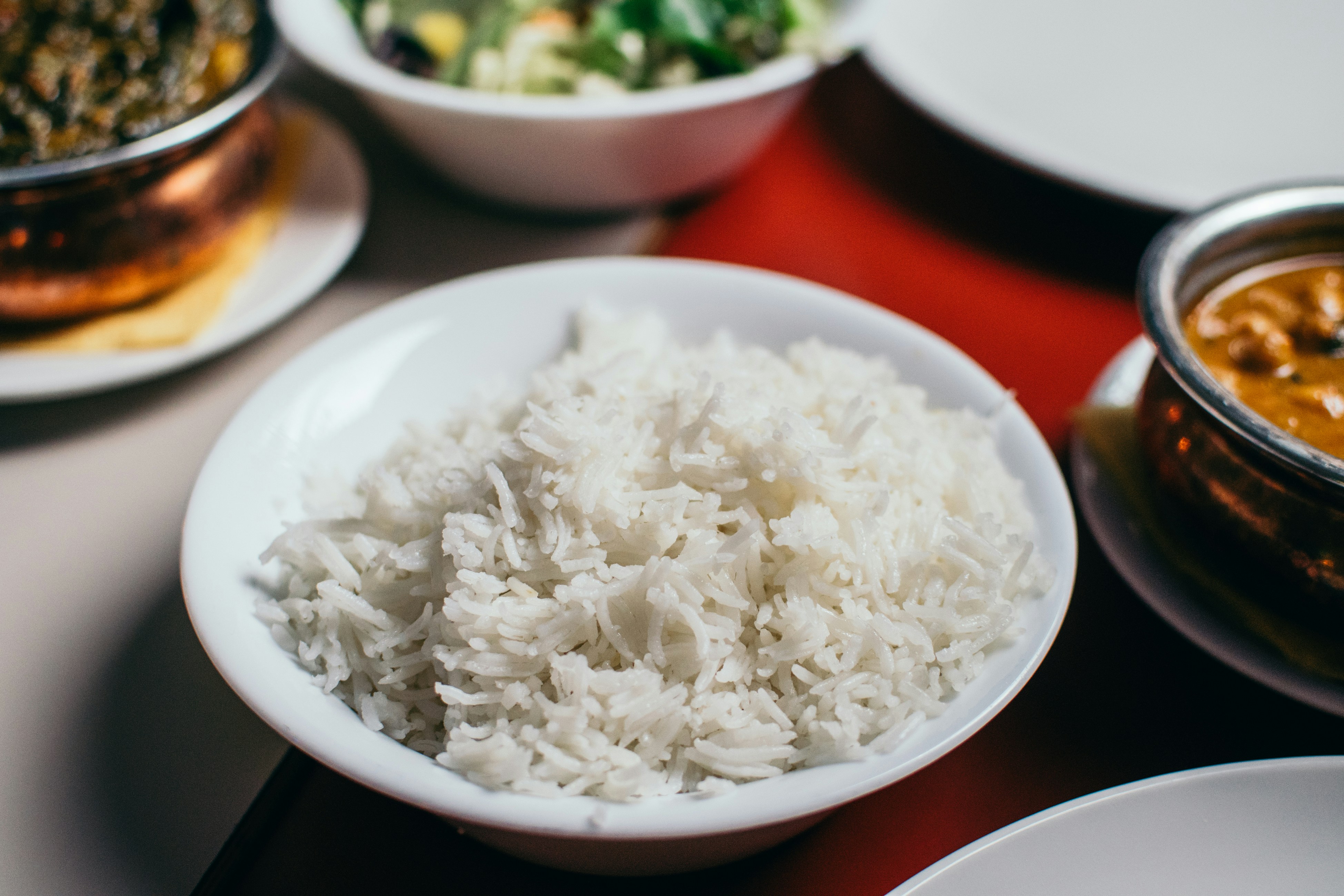
2. White Rice
White rice is more refined than brown rice, with its bran layer removed. This makes it softer and easier to digest, but it also means it has a lower nutrient content.
- Benefits:
- A great source of carbohydrates, which can help soothe an upset stomach.
- Feeds good bacteria in the intestines, aiding in digestion and bowel regulation.
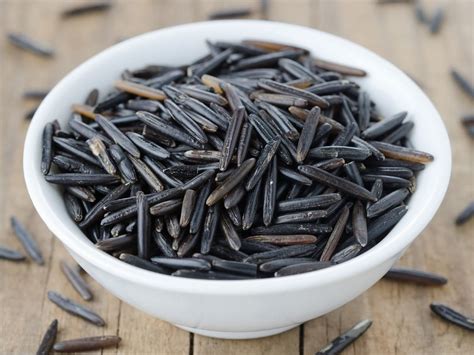
3. Wild Rice
Despite its name, wild rice is not technically rice. It comes from a different species of plants but is still safe and nutritious for dogs.
- Benefits:
- Rich in fiber and antioxidants.
- Dogs love its nutty flavor.
- Nutrient content is comparable to brown rice.
Health Benefits of Rice for Dogs
Rice is more than just a filler. It offers several health benefits for dogs, including:
- Cholesterol Reduction: Rice can help lower cholesterol levels.
- Digestive Health: Rice provides relief for gastrointestinal issues and helps regulate bowel movements.
- Nutrient-Rich: Especially brown and wild rice, which contain essential vitamins and minerals like Vitamin D, B1, B6, niacin, calcium, phosphorus, thiamine, selenium, magnesium, and manganese.
How to Prepare Rice for Dogs
Preparing rice for dogs is quite simple. First, rinse the rice under cold water until the water runs clear. This removes any dust or impurities. Then, cook the rice in a large amount of water until it’s soft. Avoid adding any seasonings or spices, as these can upset your dog’s stomach. Once the rice is cooked, let it cool before serving it to your dog.
Rice and Health Concerns
While rice can be a healthy addition to your dog’s diet, there are a few potential health concerns to be aware of. First, feeding your dog too much rice can lead to weight gain due to the high carbohydrate content. Second, some dogs may be allergic to rice. If your dog shows signs of an allergic reaction, such as itching, redness, or gastrointestinal upset, stop feeding them rice and consult your vet. Lastly, rice has been linked to a condition called dilated cardiomyopathy in dogs. However, this is usually only a concern if your dog’s diet consists mostly of rice.
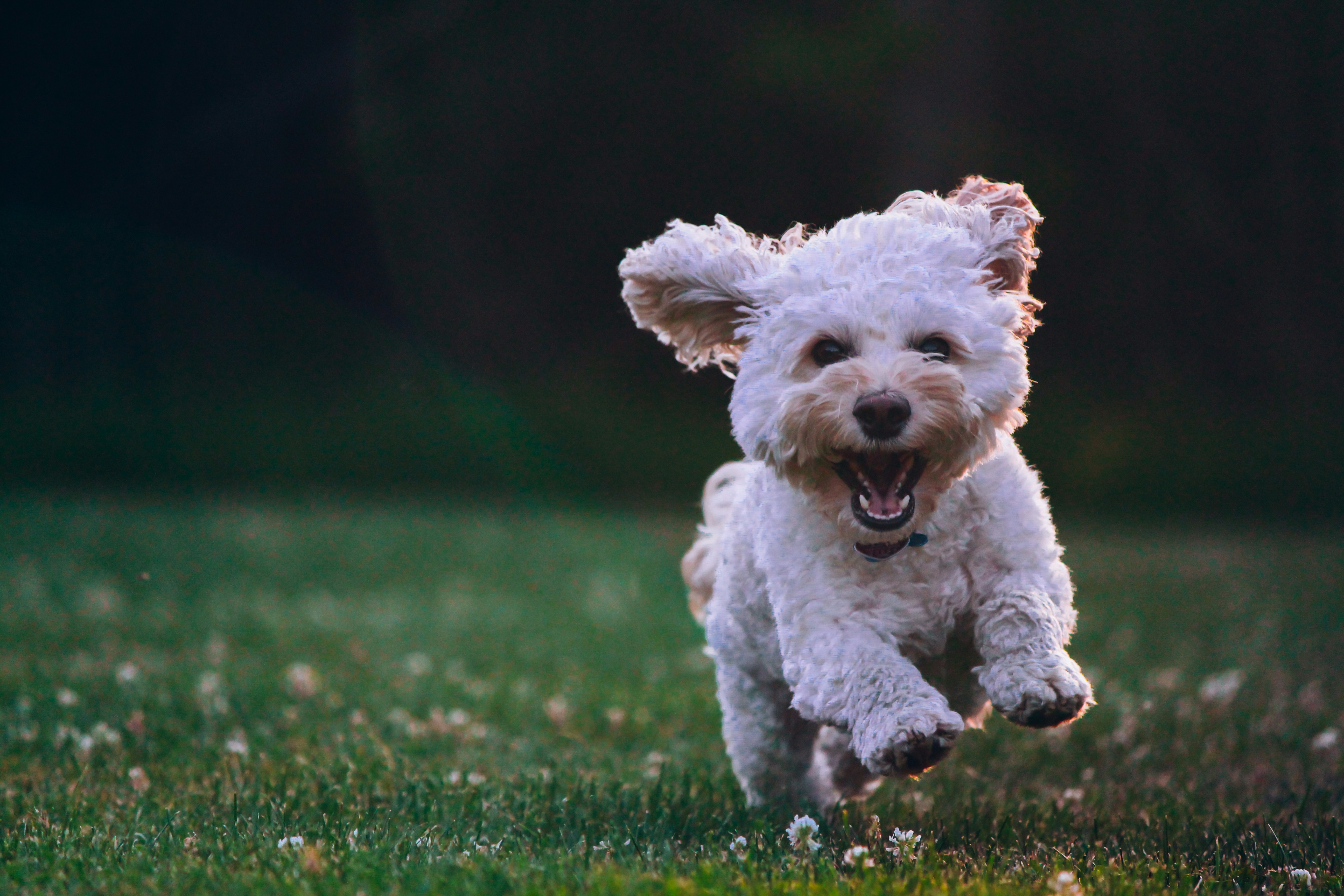
Conclusion
In conclusion, rice can be a beneficial part of your dog’s diet when served in moderation. It provides a good source of energy and can be easy on the stomach. However, it’s important to balance it with other nutritious foods and monitor your dog for any potential health concerns. As always, if you have any questions about your dog’s diet, it’s best to consult with your vet.
Enjoyed reading this article? There’s plenty more where that came from! Check out our blog for more insightful articles and tips about your furry friends. Here are a few you might find interesting:
– Pet Friendly Hotels Near Lax Airport
– Top Organic Dog Foods of 2023: Nourishing Your Dog Naturally
– Top 10 Dog Activities To Do With A Child
– Unlocking the Benefits of Premium Dog Vitamin Supplements
– Dog-Friendly Farmers Markets In Los Angeles
– Top 10 Dog Breeds Active Families
Keep exploring and learning with Trusty Paws!
